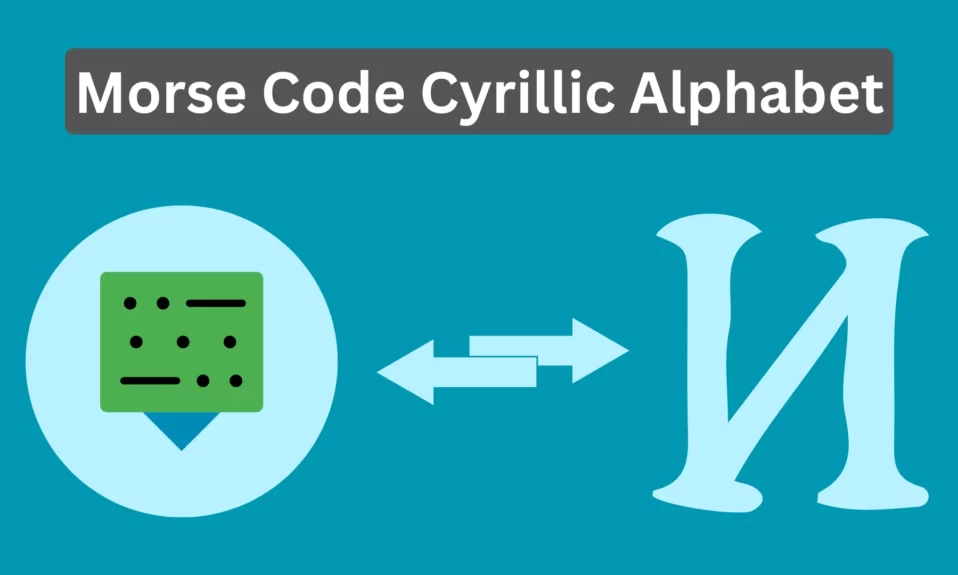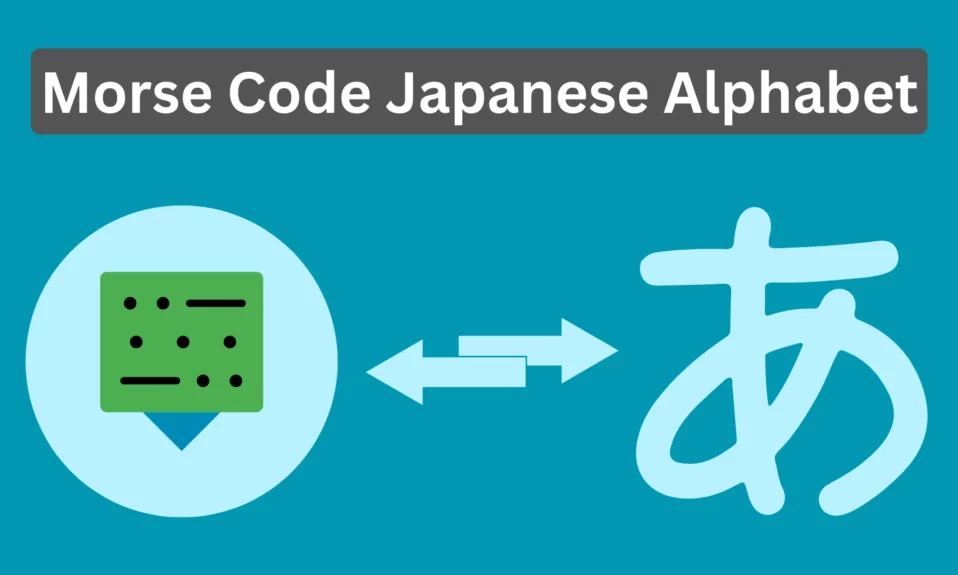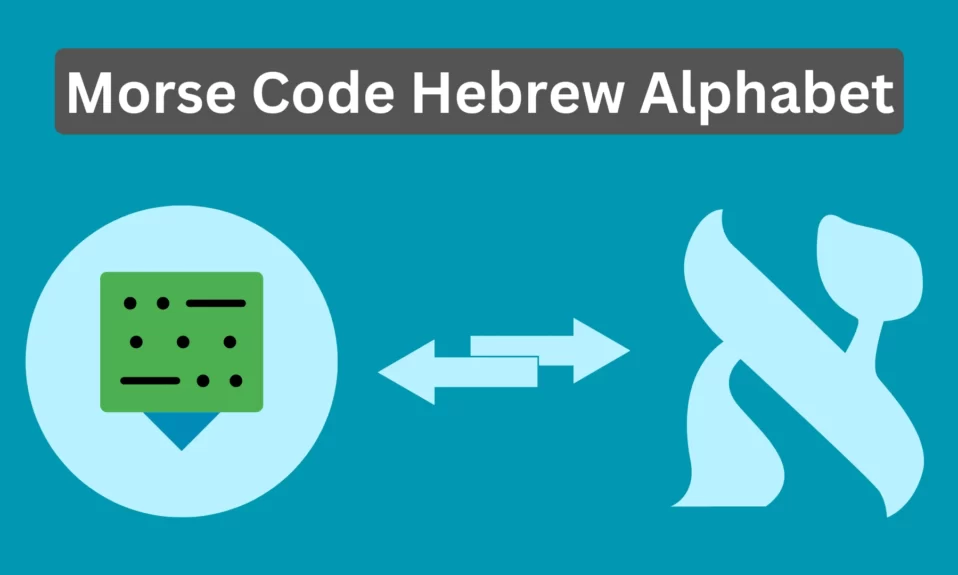
Cyrillic Letters
| А | .- | Б | -... | В | .-- |
| Г | --. | Д | -.. | Е | . |
| Ж | ...- | З | --.. | И | .. |
| Й | .--- | К | -.- | Л | .-.. |
| М | -- | Н | -. | О | --- |
| П | .--. | Р | .-. | С | ... |
| Т | - | У | ..- | Ф | ..-. |
| Х | .... | Ц | -.-. | Ч | ---. |
| Ш | ---- | Щ | --.- | Ъ | --.-- |
| Ы | -.-- | Ь | -..- | Э | ..-.. |
| Ю | ..-- | Я | .-.- | Ї | .---. |
| Є | ..-.. | І | .. | Ґ | --. |
More About Cyrillic Alphabet
The Cyrillic alphabet, embraced by numerous Slavic and non-Slavic languages like Russian, Bulgarian, Serbian, and Ukrainian, traces its origins to the 9th century in the First Bulgarian Empire. This script was crafted by the Byzantine Greek theologian brothers, Saint Cyril and Saint Methodius. Over the centuries, the Cyrillic alphabet has evolved significantly, witnessing numerous modifications and adaptations.
For those intrigued by its historical journey or seeking to explore its connections to other communication systems, utilizing a Morse code translator could provide fascinating insights into the relationship between Cyrillic characters and Morse code symbols.
Here is the Cyrillic alphabet from start to finish, along with the corresponding phonetic representation in English:
- А а
- Б б
- В в
- Г г
- Д д
- Е е
- Ё ё
- Ж ж
- З з
- И и
- Й й
- К к
- Л л
- М м
- Н н
- О о
- П п
- Р р
- С с
- Т т
- У у
- Ф ф
- Х х
- Ц ц
- Ч ч
- Ш ш
- Щ щ
- Ъ ъ
- Ы ы
- Ь ь
- Э э
- Ю ю
- Я я
Please note that the Cyrillic alphabet may have slight variations depending on the language. For instance, some letters may be present in certain Slavic languages and absent in others. Additionally, some non-Slavic languages that use the Cyrillic script may have extra characters or modified versions of these letters to suit their phonetic needs.




